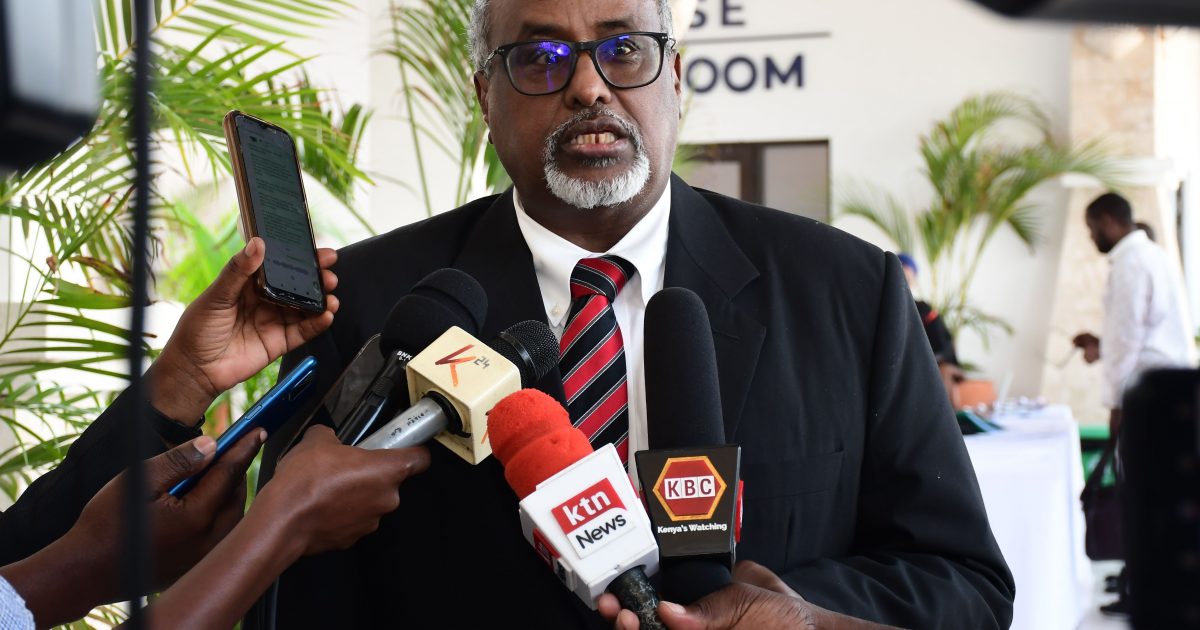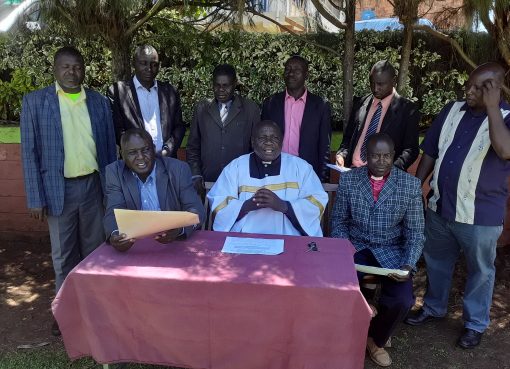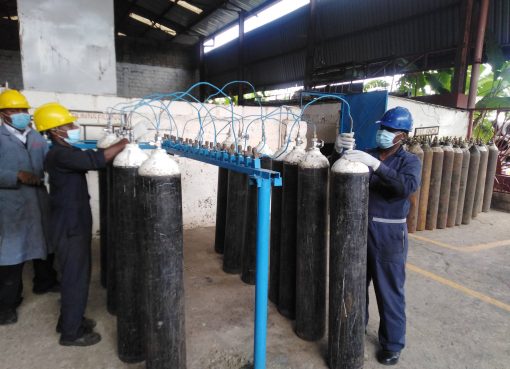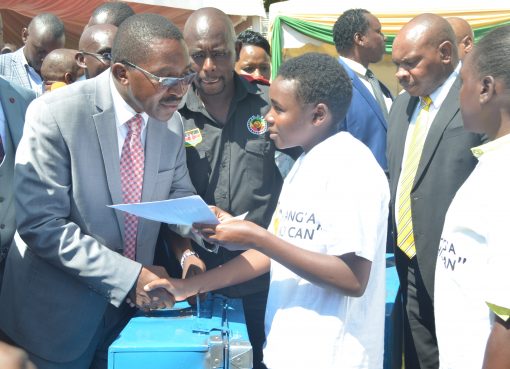East African Member States from the Intergovernmental Authority on Development (IGAD) in Eastern Africa have converged in Mombasa to discuss anticipatory action.
Anticipatory action is acting ahead of predicted hazards to prevent or reduce acute humanitarian impacts before they fully unfold.
All the stakeholders and interested parties are on board, with Kenya having been recognised for championing anticipatory action, such as establishing an anticipatory platform that brings together all elements involved in addressing problems that are related to humanitarian issues especially in Arid and Semi-Arid Lands (ASAL) areas.
Speaking in Mombasa Dr Mohammed Ware Deputy Executive Secretary, IGAD said that the great East Africa Region has been suffering from adverse climatic changes and conflicts, thus making it better to plan and put resources in place.
Dr Ware said that because problems do not limit themselves to political or administrative boundaries, it is very important that IGAD member states plan together and address these hazards together.
“As demonstrated by the recent floods in Kenya, the country is a model for putting together all the resources, planning with other states to bring out all the elements of anticipatory planning together,” he said.
He noted that in IGAD member states there are several examples where good planning has helped in saving lives, preventing loss of capital and livelihood resources.
“We have invested in the drought and resilience platform in IGAD, as an anticipatory action. We want to build this plan through the inaugural East Africa dialogue to take this to a wider scale,” he added.
Dr Ahmed Amdihun, the Programme Manager for IGAD Climate Prediction and Application Centre said that the platform has convened over 50 institutions working on anticipatory action.
Amdihun said that as a region it is high time to transition from a response-oriented disaster management, climate risk to a proactive risk management.
He noted that there was a need for a discussion on the IGAD regional roadmap for anticipatory action, which envisioned some instruments of transitioning the region towards anticipations, bringing head of states and high-level ministers to commit towards anticipation.
“Anticipation action has already started as we have pilots in Burundi, Uganda, Kenya, Ethiopia, Djibouti, South Sudan which are proof in anticipation and investing and that there will be high returns on investments particularly in saving lives and protecting livelihoods in the region,” he said.
He added that the pilots are successful, since it is pre-financing before a country sees a disaster, it is quite central in saving lives and protecting livelihood before any humanitarian crisis unfolds.
According to Amdihun, globally about Sh14 billion has been invested in anticipatory action.
He said that early awareness and mobilization to members of the public is needed to ensure that anticipatory action is a local agenda.
Phibby Shikuku, an official, United Nations Office for Disaster Risk Reduction, Kenya said that the platform being the first meeting for Eastern Africa Dialogue Platform on Anticipatory Humanitarian Action has come at a crucial time where countries are struggling with climate change and its impact on livelihoods.
She said as per the theme which is to practice how we can strengthen disaster management into participatory action, members will brainstorm on best practices to address hazards before they kick in.
Shikuku noted that there are still challenges faced in implementing anticipatory action which include, coordination between stakeholders, making sure governments set aside money for action before hazards happen, among others.
“We thank the met department in Kenya for giving us timely weather forecasts thus the need to have funds that will help us in proper planning,” she said.
She added that the challenge of locals not being aware of what to do once a disaster strike needs to be addressed with sensitisation on safety measures in response to disaster as early as they receive warnings.
By Chari Suche





